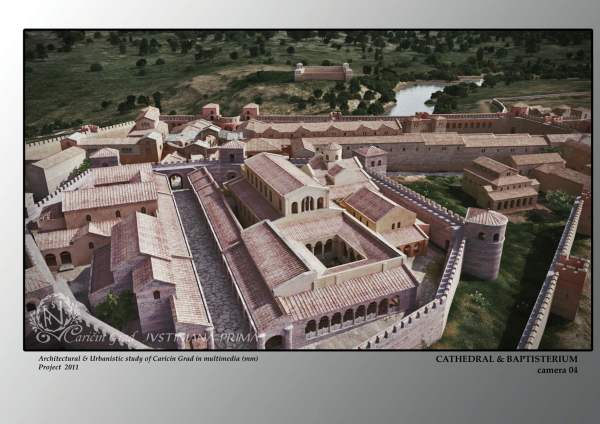Vladan ZDRAVKOVIC
(Independent architect researcher, Belgrade, Serbia)
Keywords: Visualization, Architecture, 3D, digitization
Abstract:
For more than two decades software for multimedia allows experts of various fields to dive into re-creation of the disappeared historical places and various monuments of the past. The quality of work has been in all times thoroughly scrutinized by the audience, especially by the scientific community which is righteously sensitive about everything regarding approach to the work, elaboration according to the scientifically data at disposal and finally result from which an proper perception of the monument depends. In that way there is no hiding place for the expert(s) whose knowledge and skills are exposed in 3D Restitution of the architecture, either as an individual edifice or as an urban agglomeration. The question of acceptable quantity of “intelligent assumption” and percentage of “hypothetical ideas” will remain omnipresent, meaning that it could not be generalized by numbers but rather reconsidered from project to project, from one monument to another.
The experiences gathered in five successive projects conceptualized as 3D Architectural studies for the late-antique city of Caričin Grad – Justiniana Prima in Serbia and achieved since 2002 to 2018, within the Institute of Archeology in Belgrade, have embodied several premises that could serve well or at least contribute as a guidance in further development of digitization of ancient architecture as a hybrid archaeological and architectural discipline. These premises varies from case to case, depending of the researching concepts, if work on 3D re-creation follows the archaeological investigations or not, are projects of 3D visualization conceived as a tentative study of different possibilities based on so far achieved data or as an attempt in comparative architectural analyses, etc.
As summarized 3D Architectural study, Project for Caričin Grad demonstrate an changing methodology in approach which has evolved in last fifteen years, following new archaeological findings and progress achieved through interdisciplinary researches. 3D Re-creation of this early-Byzantine town, offers therefore insight into deferent stages of building of the capital, hard 3D Reconstruction of the town with all fluctuation of the quality of work and expertise as unavoidable part of such long-term project. Simultaneously, premises that could be extracted from this experience would refer to achieving of the several different stages of project where each stage targets its own audience or purpose – evolving or study model, clarified scholar documentation and promotional – public scientific material.
Relevance for the conference: 3D Visualization of the archaeologically researched monuments of the past
Relevance for the session: Sharing the experiences gathered in 15 years duration of projects of 3D Visualization
Innovation: suggesting guidance lines in further dealing with 3D Visualization of ancient monuments
References:
- 3D Visualization of cultural heritage, scientifically validation of 3D Reconstruction
Figure:



